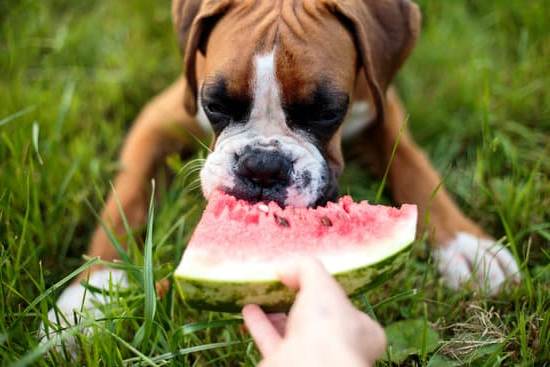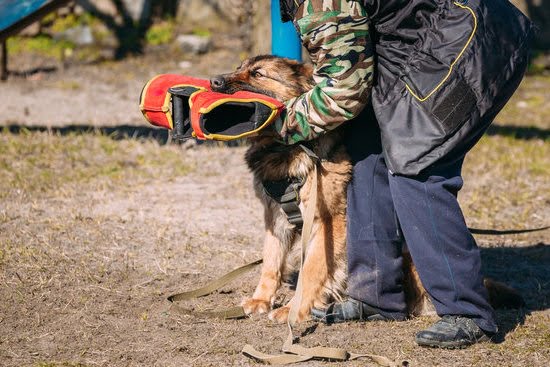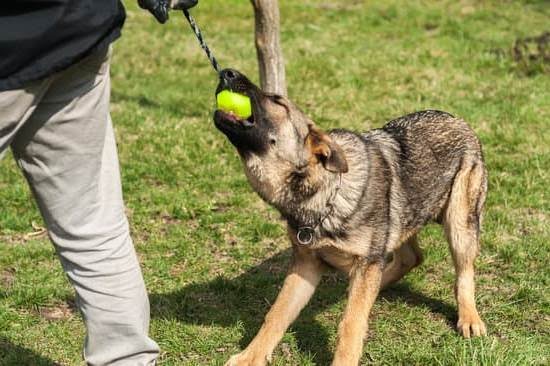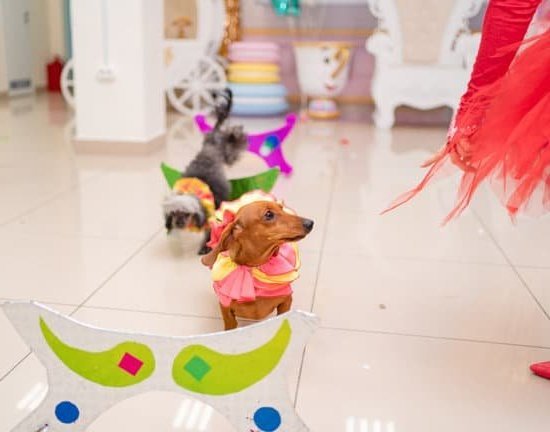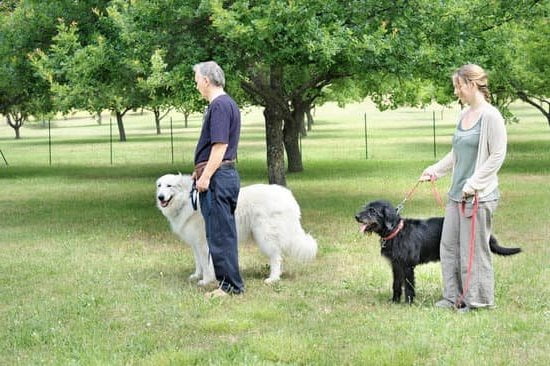It’s important to prioritize positive reinforcement in reactive dog training, as it helps reshape behavior without causing stress or fear. Desensitization and counterconditioning exercises are also effective tools for helping reactive dogs overcome their triggers. Consistency and patience play a significant role in training a reactive dog, requiring dedication from the owner to achieve success. Seeking professional help may also be necessary, especially for extreme cases of reactive behavior.
Real-life success stories of reactive dog training transformations serve as inspiration for pet owners navigating similar challenges. Additionally, there are various resources and further reading available for those looking to learn more about proactive approaches to addressing reactive behavior in their dogs. By understanding the complexity of reactive behavior and utilizing appropriate strategies, pet owners can provide a happier and more fulfilling life for their beloved companions.
Identifying Triggers and Signs of Reactivity in Your Dog
Reactive behavior in dogs can be a challenging issue for pet owners to manage, but by understanding the triggers and signs of reactivity in your dog, you can take steps towards effectively addressing this behavior. It’s important to recognize that reactive behavior in dogs is often a response to fear or anxiety, and can manifest in various ways such as barking, lunging, growling, or aggressive behavior.
These behaviors are often triggered by specific stimuli that cause a heightened emotional response in the dog.
Identifying the triggers and signs of reactivity in your dog is crucial for implementing appropriate training techniques. Common triggers for reactive behavior include other dogs, strangers, loud noises, unfamiliar environments, or certain objects. It’s also important to be aware of the signs of reactivity in your dog, which may include excessive panting, dilated pupils, raised hackles, trembling, or a stiff posture. Recognizing these signs can help you anticipate and manage your dog’s reactions more effectively.
To address reactive behavior in your dog, it’s essential to seek out professional guidance and training resources specifically tailored to reactive dog training. Positive reinforcement techniques such as clicker training and reward-based methods have been found to be effective in managing reactivity in dogs. Additionally, desensitization and counterconditioning exercises can help change your dog’s negative associations with triggering stimuli into positive ones.
Consistency and patience are key when working with reactive dogs, as progress may be gradual but rewarding in the long run. By taking proactive steps to identify triggers and signs of reactivity in your dog and implementing appropriate training techniques, you can help your pet overcome reactive behavior and lead a happier, more balanced life.
Techniques for Managing and Minimizing Reactivity in Your Dog
Reactive behavior in dogs can be challenging to manage, but with the right techniques, it is possible to minimize and even eliminate reactivity in your furry friend. Here are some effective strategies for managing and minimizing reactivity in your dog:
1. Identifying Triggers: The first step in managing reactivity in dogs is to identify the triggers that cause the reactive behavior. Common triggers include other dogs, strangers, loud noises, or certain environments. By understanding what sets off your dog’s reactive behavior, you can work on avoiding or desensitizing them to these triggers.
2. Consistent Training: Consistency is key when it comes to managing reactive behavior in dogs. It’s important to set clear boundaries and rules for your dog and stick to them consistently. This helps establish a sense of security for your dog and reduces their anxiety levels.
3. Positive Reinforcement: Using positive reinforcement techniques is crucial in managing reactivity in dogs. Rewarding calm and non-reactive behavior with treats, praise, and affection can help shift your dog’s focus from the trigger to you, making them more receptive to training.
By incorporating these techniques into your reactive dog training regimen, you can make significant progress in managing and minimizing your dog’s reactivity. Remember that consistency and patience are essential for achieving long-term success and seeking professional help when necessary can also provide valuable support for both you and your furry companion throughout the training process.
Importance of Positive Reinforcement in Reactive Dog Training
Reactive dog training requires a unique approach to effectively manage and minimize reactivity in dogs. One key element of this approach is the use of positive reinforcement. Positive reinforcement involves rewarding desired behaviors to encourage their repetition, and it can be a powerful tool in helping reactive dogs overcome their challenges.
There are several techniques that utilize positive reinforcement to support reactive dog training, such as:
- Clicker training: Using a clicker to mark the desired behavior and then rewarding the dog with a treat or praise.
- Using high-value treats: Offering tasty treats that your dog loves as a reward for calm and non-reactive behavior.
- Verbal praise and affection: Providing verbal cues and physical affection to reinforce good behavior and create a positive association.
By using positive reinforcement, you can help your reactive dog develop new, more desirable behaviors while also building trust and strengthening your bond. When implementing this approach, it’s important to remember that consistency is key. Consistently rewarding calm, non-reactive behavior will help your dog understand what is expected of them and provide motivation for them to continue exhibiting those behaviors.
Additionally, patience is crucial in reactive dog training. Progress may not happen overnight, but with dedication and ongoing positive reinforcement efforts, many owners have witnessed remarkable transformations in their dogs’ reactivity. It’s essential to remain patient and committed throughout the training process for the best chance at success.
Desensitization and Counterconditioning Exercises for Reactive Dogs
Desensitization and counterconditioning exercises are essential tools for training reactive dogs. These techniques aim to change a dog’s negative response to a stimulus by replacing it with a positive one. It is important to understand that these exercises require patience, consistency, and a deep understanding of your dog’s triggers and behavior.
One effective desensitization technique is gradual exposure to the trigger in a controlled environment. For example, if your dog reacts aggressively towards other dogs, start by having them at a safe distance from another dog and reward calm behavior. As they become more comfortable, gradually decrease the distance while continuing to use positive reinforcement. This process should be slow and systematic to avoid overwhelming your pet.
Counterconditioning involves changing your dog’s emotional response to the trigger by associating it with something positive. For instance, if your dog reacts negatively to strangers, you can introduce treats or toys whenever someone unfamiliar approaches, creating an association between the new person and something enjoyable. Consistency is crucial in this process – always reward calm behavior around the trigger to reinforce the positive association.
It’s important for owners to remember that desensitization and counterconditioning exercises are not quick fixes. Training a reactive dog takes time, dedication, and understanding. Seeking professional help from a certified trainer experienced in reactive dog training can also provide valuable guidance on implementing these techniques effectively.
| Desensitization and Counterconditioning Exercises | Reactive Dog Training |
|---|---|
| Gradual exposure to triggers | Changing negative response to positive |
| Consistent use of positive reinforcement | Professional help for successful implementation |
The Role of Consistency and Patience in Training a Reactive Dog
Consistency and patience are key elements in training a reactive dog. Dogs with reactive behavior require a consistent approach to help them understand what is expected of them and to build trust. Inconsistency can confuse a reactive dog and exacerbate their reactivity. Patience is also essential, as progress in training a reactive dog may be slow, and it is important to remain calm and persistent throughout the process.
Consistency in training a reactive dog involves setting clear boundaries and being predictable in your commands and responses. For example, if you have established a specific signal or command for your dog to follow when they encounter a trigger, it is important to consistently use the same signal or command each time. Inconsistency can lead to confusion and hinder your dog’s progress in overcoming their reactive behavior.
Patience is equally important when training a reactive dog. Reactivity in dogs often stems from fear, anxiety, or past negative experiences, and it takes time for them to unlearn these responses. It is crucial for owners to remain patient and understanding as they work with their reactive dogs, celebrating small victories and not getting discouraged by setbacks.
Consistency and patience go hand in hand when it comes to proactive dog training because without one you cannot achieve success with the other.
| Role | Description |
|---|---|
| Consistency | Setting clear boundaries; being predictable in commands/responses |
| Patience | Celebrating small victories; not getting discouraged by setbacks. |
Seeking Professional Help for Reactive Dog Behavior
When to Seek Professional Help
If you have been attempting reactive dog training techniques on your own and have not seen any improvement in your dog’s behavior, it may be time to seek professional help. Reactive behavior in dogs can be challenging to address, and sometimes the expertise of a professional dog trainer or behaviorist is necessary to make progress.
Choosing the Right Professional
When seeking help for your reactive dog, it is important to find a professional who has experience specifically with reactive behavior. Look for trainers or behaviorists who have a background in positive reinforcement training and specialize in working with reactive dogs. They should have a good understanding of canine behavior and be able to develop a customized training plan tailored to your dog’s specific triggers and reactivity.
The Benefits of Professional Help
Working with a professional can provide you with guidance, support, and reassurance as you navigate through the process of reactive dog training. They can offer valuable insights into your dog’s behavior, provide tools and techniques that are effective for managing reactivity, and give you the confidence to address the issue in a safe and constructive manner.
Additionally, a professional can offer an outsider’s perspective on the situation and help you set realistic goals for your dog’s progress. With their expertise, they can create a structured training program that addresses both the causes of reactivity as well as reinforcing positive behaviors.
Real-Life Success Stories of Reactive Dog Training Transformations
Case Study 1: Lucy’s Transformation
Lucy, a 4-year-old rescue dog, was extremely reactive towards other dogs when she first entered her new home. She would bark, lunge, and growl whenever she saw another canine, making it challenging for her owners to take her on walks or interact with other dog owners. Through consistent training and positive reinforcement, Lucy’s behavior gradually improved.
Her owners worked with a professional trainer to identify and address her triggers, implement desensitization and counterconditioning exercises, and create a safe and structured environment for her. After several months of dedicated training, Lucy is now able to calmly walk past other dogs without showing signs of reactivity.
Case Study 2: Max’s Journey to Calmness
Max, a 2-year-old German Shepherd, exhibited reactive behavior such as barking and snapping at strangers who entered his home. His owners were concerned about his aggression and sought the help of a certified behaviorist specializing in reactive dog training. They learned the importance of creating a positive association with visitors through treats and praise.
The behaviorist also recommended management techniques such as using baby gates to prevent Max from approaching guests too quickly. With consistent training and patience, Max’s reactivity decreased over time. His owners were able to witness his transformation from a nervous and reactive dog to one who greeted visitors with calmness and wagging tail.
Case Study 3: Bella’s Positive Turnaround
Bella, a 6-year-old Labrador mix, had severe separation anxiety which manifested in destructive behaviors whenever her owners left the house. She would chew furniture, bark incessantly, and even attempt to escape through windows or doors.
Using positive reinforcement techniques including desensitization exercises such as leaving for short periods of time or practicing departure cues without actually leaving the house helped Bella become more comfortable being alone. Through consistent practice and gradual exposure to longer periods of absence, Bella’s separation anxiety diminished significantly.
These real-life success stories highlight how dedicated training methods such as desensitization and counterconditioning can transform the behavior of reactive dogs over time.
Resources and Further Reading for Reactive Dog Owners
In conclusion, dealing with a reactive dog can be challenging, but with the right understanding, strategies, and resources, it is possible to manage and improve their behavior. By recognizing the triggers and signs of reactivity in your dog, you can better address their needs and work towards minimizing their reactive behavior. Techniques such as desensitization, counterconditioning exercises, and positive reinforcement play a crucial role in training a reactive dog.
Consistency and patience are key in working with a reactive dog. It’s important to remain calm and composed while implementing training techniques to help your dog feel more secure and less anxious when faced with triggers. Seeking professional help from a certified dog trainer or behaviorist is also highly recommended for more severe cases of reactive behavior. Their expertise can provide valuable insight and tailored solutions for your specific situation.
Reading real-life success stories of reactive dog training transformations can offer hope and inspiration to dog owners facing similar challenges. Additionally, there are numerous resources available for further reading on the topic of reactive dog training, including books, online articles, forums, support groups, and more. With dedication and the right support system in place, it is possible to make significant progress in helping your reactive dog become happier and more balanced.
Frequently Asked Questions
Can a Reactive Dog Be Trained?
Yes, a reactive dog can be trained with patience, consistency, and positive reinforcement. It’s important to understand the root cause of the reactivity and work on desensitization and counterconditioning exercises.
How Do I Stop My Dog From Being Dog Reactive?
To stop a dog from being dog reactive, it’s essential to identify triggers and manage their environment to avoid unnecessary stress. Slowly introduce controlled socialization with other dogs while using positive reinforcement techniques.
How Do You Discipline a Reactive Dog?
Discipline for a reactive dog should focus on redirection and positive reinforcement rather than punishment. Using force or aversive methods can actually make the reactivity worse. Training should focus on building confidence and teaching alternative behaviors in stressful situations.

Welcome to the blog! I am a professional dog trainer and have been working with dogs for many years. In this blog, I will be discussing various topics related to dog training, including tips, tricks, and advice. I hope you find this information helpful and informative. Thanks for reading!

